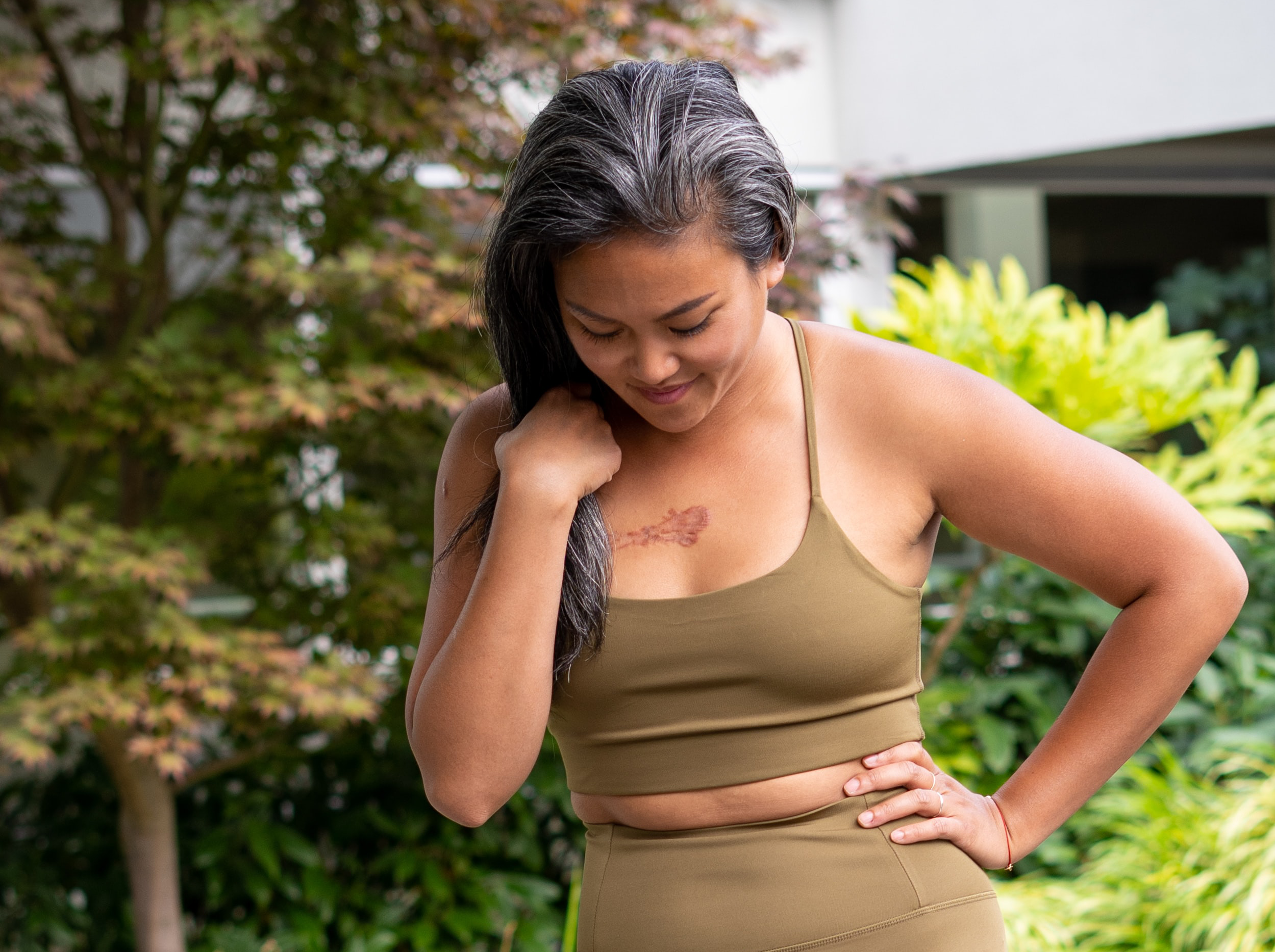Scarring is a very normal part of wound healing for humans, and most of the time, any resulting scars are minor and fade over time. Some scars, though, can be incredibly bothersome, causing physical symptoms such as itching, skin tightness, and loss of motion. They can also be disfiguring and upsetting for individuals. When a scar is problematic enough that it requires intervention of some kind, laser treatments are a popular route taken. While no treatment can completely make scars disappear, treatment with a laser scar removal machine can significantly reduce their appearance and associated side effects.
Different Types of Scars
You may be surprised to learn that there are several different types of scarring, and the right treatment for a patient depends on the nature of the injury, how the injury healed, and the size and location of the resulting scar.
Keloid scars: These scars are the result of an overaggressive healing process, and they extend beyond the original injury site. Depending on their location, keloids can hamper movement, but you’ll typically see them on the ear lobes, chest, cheeks, or shoulders. They’re most common in individuals with darker skin.
Contracture scars: These are thick, raised scars that cross joints or cause the skin to crease at right angles. They cause the skin to tighten and impede one’s ability to move comfortably. We usually see contracture scars from burn injuries.
Hypertrophic scars: These are raised scars that do not go beyond the injury site, unlike keloid scars. They often appear red and inflamed and can be itchy and painful for patients. Fortunately, they should regress within a year, so immediate treatment is not normally recommended.
Atrophic scars: These are indented scars that heal below the normal layer of skin tissue, giving a pitted appearance. They form when the skin isn’t able to regenerate tissue, and they tend to occur as a result of severe acne, chickenpox, blistering, or other types of blemishes.
Widespread scars: These are flat, pale, symptomless scars that usually occur in the first several weeks after surgery when scarring from the fine incision lines becomes stretched and widened. Stretch marks are another form of widespread scarring in which the dermis and subcutaneous tissues have been injured but the epidermis is unbreached.
Which Laser Scar Removal Machine Do You Need?
It’s important to remember that a laser treatment won’t actually remove a scar per se—you’re essentially replacing one scar with another, less-noticeable scar. These laser treatments utilize photothermal energy to target cellular structures within scar tissue to stimulate remodeling of dermal collagen and elastin. Since the 1980s, practitioners have used various types of laser machines to treat scars, beginning with continuous-wave argon, carbon dioxide (CO2), and Nd:YAG 1064 lasers. These were later followed by the application of pulsed dye lasers (PDL) and Er:YAG lasers.
Today, several different lasers are used for scar removal, spending on the type of scarring. As we discuss which type of scar removal machine is best for each circumstance, we can split these machines into two categories: ablative and non-ablative. Ablative lasers penetrate deeper into the epidermis and are considered more invasive, but they can also produce more dramatic results in a shorter period of time. Non-ablative lasers, on the other hand, heat up the underlying skin tissue without damaging the surface layer, making them less invasive. Patients must undergo more non-ablative treatments before they begin to see results, though.
Non-Ablative Scar Revision
For excessive scarring, as is the case with hypertrophic scars and keloids, the most common non-ablative laser has been the pulsed dye laser (PDL: 585 to 595 nm). PDL treatments are not only effective at treating the pliability and height of a scar, they help improve vascularity and color, as well. In fact, previous studies have reported a 57% to 83% improvement in clinical appearance and texture of hypertrophic scars after one to two PDL treatments, and it’s this ability to treat a scar aesthetically that makes this such a popular option. For atrophic scars, such as those that occur as a result of facial acne, the most commonly used non-ablative lasers are Nd: YAG (1,064 nm) or the 1450-nm diode laser.
Non-ablative fractional lasers—lasers that treat the skin in a pixelated pattern, leaving portions of untreated skin in the treatment area—have also been shown to significantly improve the pigmentation and thickness of a variety of scars, including surgical scars, atrophic scars, and hypertrophic scars. In the case of any non-ablative scar removal treatment, the key to success is multiple sessions. Any results produced will happen gradually, with the greatest improvement between 3 and 6 months following the final laser treatment. While it may take a little longer, patients can expect minimal downtime.
Ablative Scar Revision
Ablative lasers, such as the CO2 laser and the Er:YAG laser, allow for safe and controlled tissue removal in the case of hypertrophic scars, such as those that may occur after trauma or surgery. For keloids, on the other hand, ablative lasers are usually only of limited benefit since keloids are likely to regrow. Dermatologists may still turn to an ablative scar removal machine to reduce the size of larger keloids in conjunction with other preventative treatments. In the case of atrophic scars, ablative lasers have also been shown to be effective due to their ability to smooth scar texture and stimulate collagen production deep in the epidermis.
Fractional ablative laser resurfacing has emerged as a popular treatment option for atrophic and surgical scars more recently. In a double-blinded, split-scar study in which half of patients’ surgical scars were treated with fractionated Er: YAG and the other half with fully ablative Er: YAG, 94% of patients in the study actually preferred the side of the scar treated with fractional ablative resurfacing.
If you offer ablative treatments to your patients, you and them should be aware of the potential for significant downtime. Re-epithelization (regrowth of epithelial cells) takes up to a week with Er: YAG and up to 10 days with the CO2 laser. After such time, patients usually see significant improvement in scar appearance and texture, though.
Invest in the Right Scar Removal Machine for Your Patients
When sourcing a state-of-the-art scar removal device for your clients, there’s no better place to turn than the Laser Resellers. We offer a wide range of aesthetic lasers to meet the needs of any patient, whether they’re hoping to treat faint discoloration purely for aesthetic purposes or are dealing with a debilitating, mobility-impairing scar. We provide service to every device we sell, ensuring it’s in perfect working condition when it arrives, and you never have to worry about a bait and switch, as we only advertise lasers on our website that we currently have in stock and available for purchase. So, are you ready to take your scar treatment services to the next level? Browse our inventory or request a quote today!




